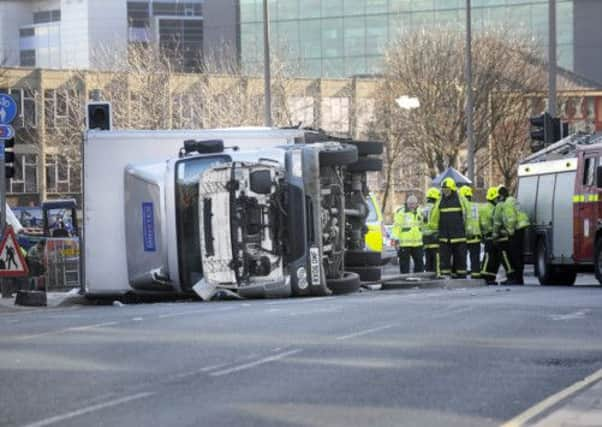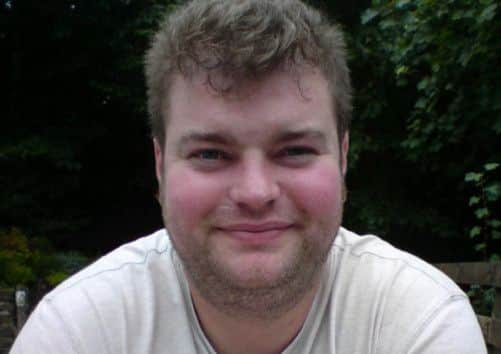Owners knew Leeds skyscraper was wind tunnel ‘long before lorry blew on to pedestrian’


A director of the partnership that owns 32-storey Bridgewater Place, in Leeds, told an inquest into the death of Edward Slaney, 35, that finding a solution to wind problems at the north end of the structure had proved “intractable”.
Nicholas Sinfield said consultants tried nearly 30 different combinations of baffles and other structures before a working solution was found.
Advertisement
Hide AdAdvertisement
Hide AdBut Mr Sinfield said a planning application for the engineering work, which will include gantry-type structures over the road outside, will not be ready for submission until later this year and construction will probably not take place until 2014.


Mr Slaney, from Sowerby Bridge, West Yorkshire, died after being crushed by a truck that was blown off all four wheels near the 367ft skyscraper, on March 10 2011.
Last year, the inquest was told the lorry ‘’floated through the air like a hot air balloon’’ in gale-force winds and landed on Mr Slaney.
But the hearing was halted more than a year ago by coroner Melanie Williamson after evidence was heard about the possible impact of the tower on wind speeds in the area.
Advertisement
Hide AdAdvertisement
Hide AdMs Williamson said the adjournment was to allow the Crown Prosecution Service to investigate whether any criminal offences had been committed.
Leeds Coroner’s Court was told that the accident spot had become known for strong winds and that day ‘’freakishly high’’ speeds of between 67mph and 79mph were recorded at Bridgewater Place.
Today, after the inquest resumed, Mr Sinfield was pressed by Ms Williamson about whether he accepted the building’s design caused problems for pedestrians and traffic.
He said: “I’m accepting what’s in these experts’ wind study reports.
Advertisement
Hide AdAdvertisement
Hide Ad“I’m not a wind expert. I’m not in a position to disagree with the conclusions of any report by a wind experts.”
Mr Sinfield was also asked whether he accepted Leeds City Council’s view that the building was a “legal nuisance” in relation to its effect on wind speeds in the area.
He said: “I’m not a legal expert. My legal team will tell me whether that’s correct of not.”
The director said: “All I’m interested in is fixing it.”
But Mr Sinfield told the coroner that legal wrangles over who should pay for the engineering work would not delay the project.
Advertisement
Hide AdAdvertisement
Hide AdHe said the partnership that owns the tower would foot the bill, even though it may then take action to claim that money back from other organisations.
The building was designed and built by construction giant Bovis Lend Lease and was opened in 2007.
Today’s hearing heard more evidence of problems at the north end of the building caused by high winds well before Mr Slaney’s death.
In the months after it first opened, firms leasing space in the tower had complained about lifts not working when it was windy and employees having difficulties negotiating the main entrance.
Advertisement
Hide AdAdvertisement
Hide AdThe court has already been told about pedestrians being blown over on windy days.
The coroner was also told how, on the day Mr Slaney died, the wind was strong enough to smash a pane of glass in the building’s revolving doors.
The inquest is due to end later this week.